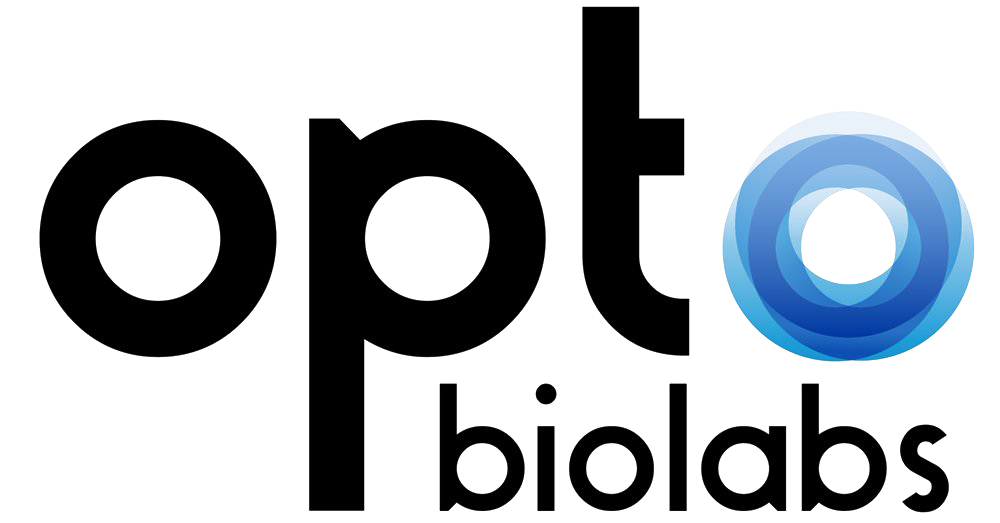FRET (Fluorescence Resonance Energy Transfer)
FRET is a method to analyze the proximity between two fluorescent proteins. The basic idea is that the wavelength of the emitted light from fluorophore A is similar to the wavelength required for excitation of fluorophore B. When fluorophore A and B are in close proximity, excitation of fluorophore A (FRET donor) will lead to light emission from fluorophore B (FRET acceptor). The fusion of fluorophores A and B to two different signaling molecules allows the dynamic analysis of proximity between these two proteins.
FRET can increase the resolution of flow cytometry by indirectly assessing the localization of a protein. For example, one can fuse a red fluorescent protein to the plasma membrane and monitor the recruitment of a GFP-tagged protein to the membrane by detecting a FRET signal. This becomes even more interesting when using photoswitchable dyes, where the donor and/or acceptor of the FRET pair can be switched on or off using light. The combination of flow, FRET and photoswitchable dyes is a powerful tool to study signaling pathways and dynamic relocalization of signaling molecules.
The combination of flow, optogenetics and FRET has successfully been established by our pxONE user family member Frederic Larbret.
